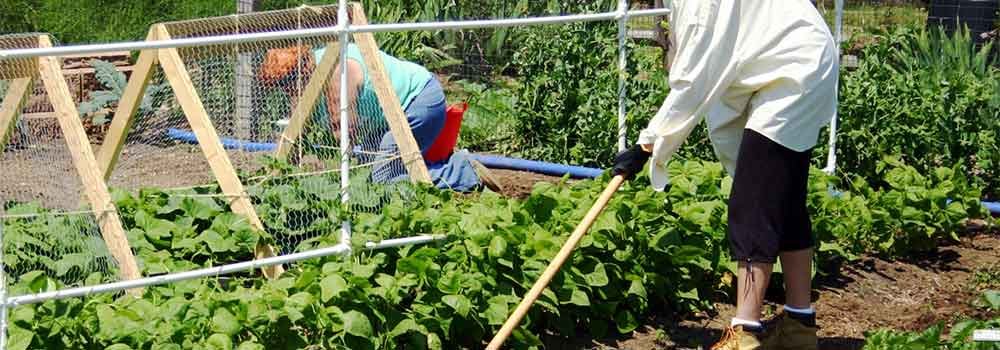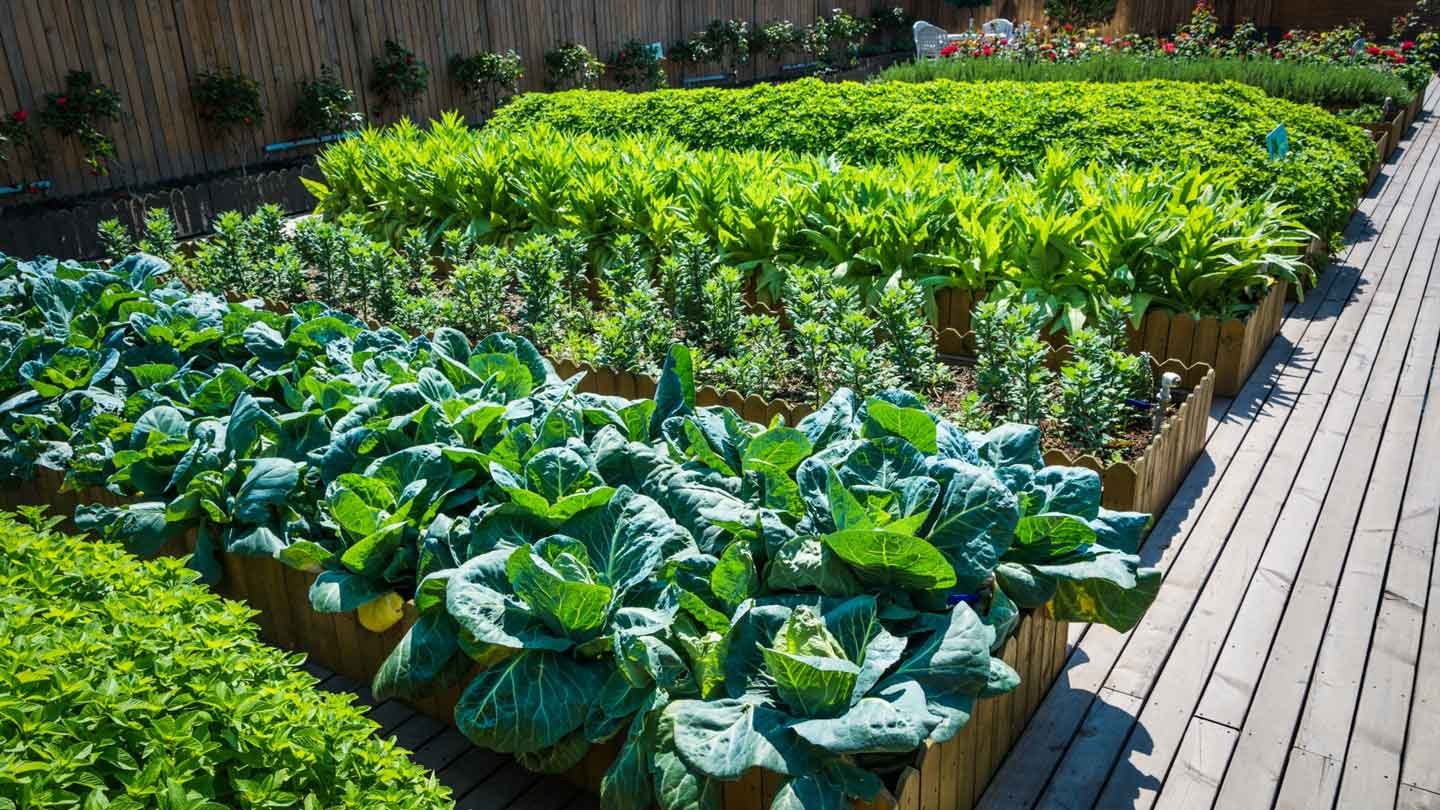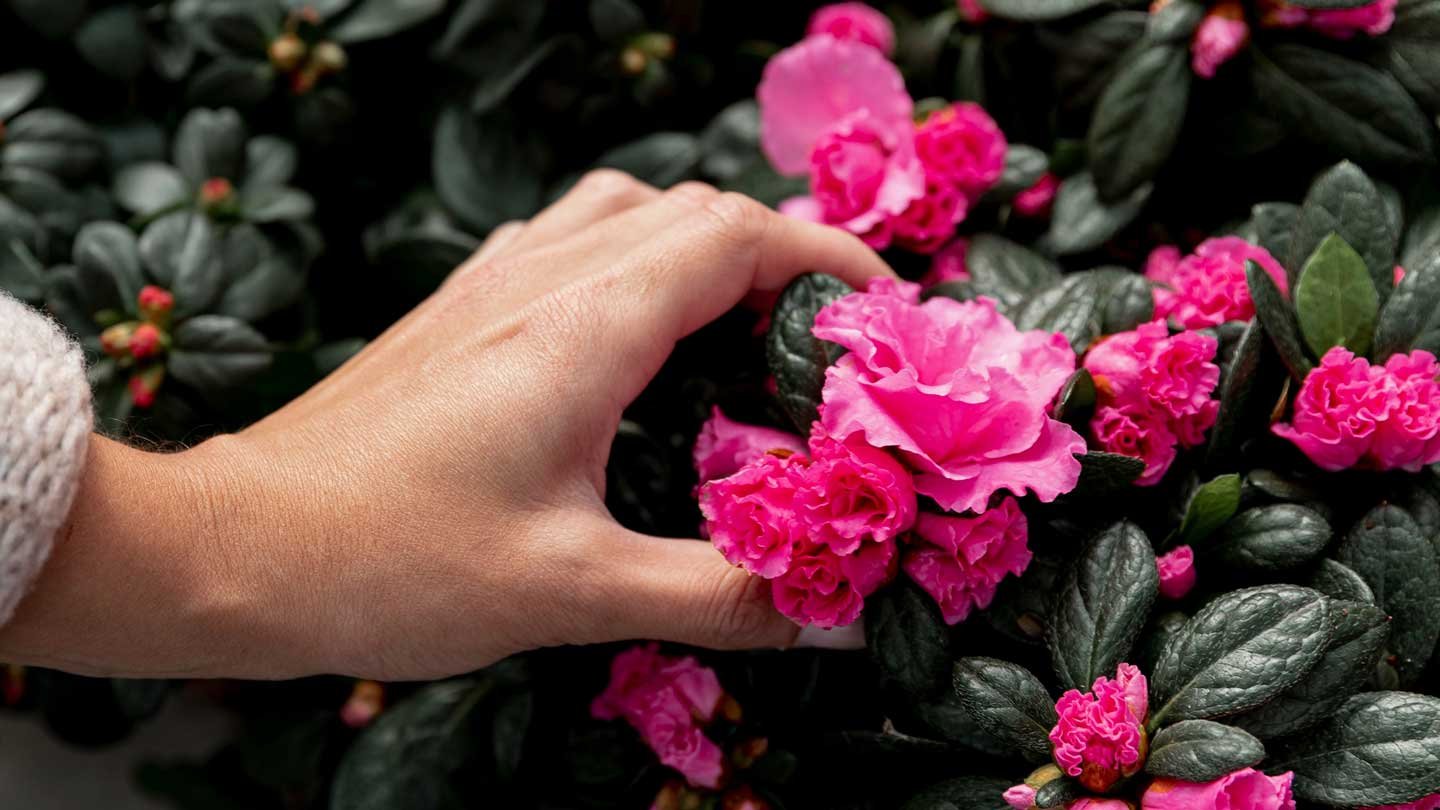Thoughtful planning and preparation establishes a flourishing, high-yield square foot vegetable garden. This intensive planting method efficiently maximizes harvests from small spaces when done correctly.
Optimizing location, sturdy box construction, ideal soil mixes, crop selection and placement, vertical supports, and attentive nutrient management. These ensure your square foot garden reaches its bountiful potential.
Follow these key guidelines to thoughtfully plan a tailored. They’ll thrive square foot plot that sustains your family with organic homegrown goodness. Well, continue reading before you look for square foot gardening planner.
Choosing A Sunny, Convenient Location

Select a level, sunny spot for siting square foot garden boxes, allowing at least 6 hours of direct light daily. South facing spaces maximize light exposure for growth.
Ensure convenient access to water sources for irrigating and proximity for tending the garden daily. Incorporate aesthetic appeal when positioning boxes near entertaining areas.
Allow enough space between boxes and edges for maintaining the garden without stepping into the boxes. Sketch layouts on paper first to optimize flow and spacing.
Building Sturdy Garden Boxes And Grids

Construct square foot garden boxes using rot-resistant wood boards or lumber such as 2×6 inch cedar or 2×10 inch redwood. Or build with bricks, blocks or stones for permanence.
Use wood at least 5 inches deep for adequate rooting. Arrange box dimensions with sides divisible by 12 for cleanly delineating 1 foot grid squares. Include a mesh bottom or line with hardware cloth to thwart burrowing pests.
Elevate smaller boxes on tables or stands for comfortable access. Label each square clearly for mapping. Durable,tailored boxes with grids expedite garden tasks.
Selecting Suitable Crops
Choose compact, vertically growing crops that produce heavily in confined square foot spaces. Focus on leafy greens, radishes, green onions, carrots, bush beans, peppers, dwarf tomatoes, and short broccoli or cabbage varieties.
Also interplant quick growing lettuces, spinach and herbs in vacant spots between larger crops. Determine the number of plants allowed per square foot based on mature plant width.
For example: 1 plant for large, 4 for medium, 9 for small, 16 for tiny. Mix up compatible plants for efficiency like tomatoes with basil or onions with carrots. Suitable crops maximize yields in the intensive square foot system.
Mapping Out Crop Placement
Sketch box maps numbering grid squares to strategize layout based on crop size, harvest periods, succession planting, and ideal pairings. Place tall crops like tomatoes only on north edges to avoid shading.
Reserve south squares for low-growing herbs and greens. Include vertical growing structures in plans too, like cages for tomatoes. Arrange plants with similar needs together, such as heavy feeders versus light feeders.
Ensure adequate crop rotation from the prior year to replenish soil nutrients and deter diseases. Use mapping to thoughtfully organize an intensive garden that makes the most of every square foot.
Incorporating Vertical Growing Space
Maximize vertical area by training vining crops on trellises against walls or fences. Install sturdy cages for tomato plants to support abundant fruit. Position taller teasle supports in back corners for peas or pole beans to climb.
Stake up any large-leaved plants to improve sun exposure below. Add removable wire netting above boxes. It’ll hang vine crops like cucumbers or small cherry tomato.
Plan vertical structures into the layout to effectively utilize vertical growing area for greater productivity per square foot. Just ensure proper sunlight exposure for nearby plants below.
Preparing Soil And Fertilizing
Prepare growing mix specifically for square foot gardening broccoli. Combine 1/3 blended compost, 1/3 peat moss or coconut coir, and 1/3 perlite or vermiculite. This creates a loose, well-draining yet moist retaining blend ideal for dense plantings.
Or purchase pre-mixed soil marketed for square foot gardening to save labor. Include organic slow-release fertilizer in the mix. For example, feed tomatoes more than lettuce.
Compost tea also offers soluble nutrients. Conditioning the soil properly fuels productive plants in this intensive gardening method.
Conclusion
Meticulous planning and preparation allows square foot gardens to produce abundantly in small spaces. Optimizing location, sturdy box construction, gridding, crop selection, vertical structures, and fertile, friable soil. It provides a tailored framework for gardening intensively.
Follow these guidelines to thoughtfully plan your productive square foot vegetable plot. With attentive care keeping plants thriving within this organized structure, your garden will yield impressively!


















